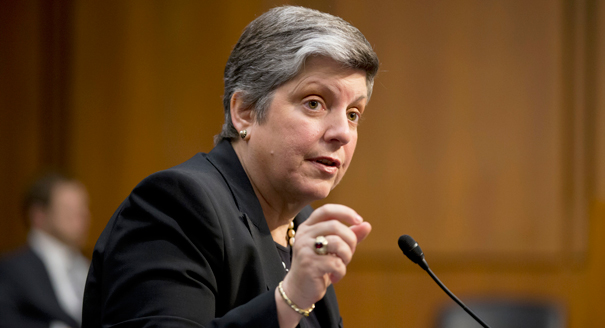As a new school year gets set to open on the nine campuses of the University of California, it’s fair for parents of prospective students to ask once again, as many have for at least the last eight years, whose U.C. will it be?
The question first arose during the Great Recession that began nine years ago, just when U.C. began accepting more and more out-of-state and foreign students. The reason: To help make up for funding cuts inflicted by then-Gov. Schwarzenegger and state legislators.
Over 12 years, the foreign and out-of-state enrollment at U.C. – some of whose campuses are routinely listed among the top five public universities in the world – rose from 5 percent to more than 21 percent.
University administrators were forced to concede the $26,000 in extra tuition paid by the children of Arab oil sheiks and Chinese multi-millionaires and government-subsidized students from myriad other places had a lot to do with their vastly increased numbers at UC.
Meanwhile, the proportion of highly eligible California high school graduates who actually went to U.C. was falling
This, despite the claim that they were supposedly being guaranteed a slot somewhere in the university.
Two years ago, administrators began feeling heat over this, with state legislators threatening to cut the taxpayer contributions to U.C. coffers unless the trend stopped.
So U.C. regents voted overwhelmingly in late 2015 for a plan to increase in-state enrollment by 5,000 students in each of the next two years. This fall is the plan’s second year.
This action, proposed by U.C. President Janet Napolitano, amounted to a tacit admission that the critics were correct.
Since then, there has been a bit of a shift toward higher enrollments of Californians at U.C.
The system announced as it sent out acceptance offers this spring it would have 2,500 more California undergraduates than it did two years ago.
Not exactly the 10,000 promised by the university’s governing board back then, but progress nonetheless.
In fact, U.C. reported that admission offers to Californians declined this year by 1,200 from last year, a drop of almost 2 percent.
Meanwhile, a reported 31,030 non-Californians got admission offers, a 4 percent jump from last year.
Critics Are Correct
Justifiable outcries began immediately. “U.C. officials are tone deaf and insensitive to Californians and the (state’s) master plan for higher education,” said Northern California Republican state Sen. Jim Nielsen.
“Californians subsidize U.C. so that their children may attend and learn to be competitive in this global economy. Instead, U.C. officials are admitting non-Californians to the detriment of California students.”
What Mr. Nielsen said is more true of the primo U.C. campuses like Berkeley, UCLA, San Diego and Irvine than it is of those at Riverside, Merced and Santa Cruz, which are in less demand by out-of-staters.
UCLA admitted just 14.6 percent of California hopefuls this year, even as it became the first American public university to get more than 100,000 admission applications.
Berkeley took just 19.7 percent, with out-of-staters eating up many slots that otherwise could go to Californians.
As they previously have, U.C. officials predicted in-state enrollments would actually rise, noting they have longstanding analyses of how many admission offers are acted on by non-Californians.
But there are new questions about the reliability of statements from Ms. Napolitano and her staff.
A state audit, for example, showed the president’s office squirreled away about $175 million over the last few years in a slush fund, at the same time tuition rose by almost the same amount. That led to great mistrust, which many governors would have resolved by firing the perpetrators.
As usual with financial chicanery conducted by officials associated with Gov. Brown, no one was punished and business carried on, following pious pledges to clean up their act from Napolitano and other administrators.
All of which leads parents of prospective U.C. students to feel betrayed by and untrusting of a system originally created to serve people like their children.
Mr. Elias is author of the current book “The Burzynski Breakthrough: The Most Promising Cancer Treatment and the Government’s Campaign to Squelch It,” now available in an updated third edition. He may be contacted at www.tdelias@aol.com

